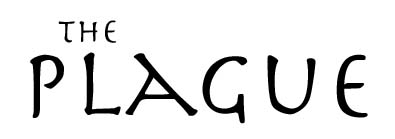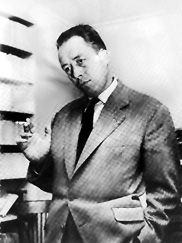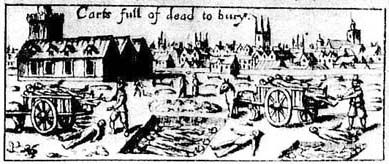
Narrative Medicine Series
October 1, 2002
The Plague by Albert Camus
Richard Rathe, MD
The Plague by Albert Camus is a allegorical novel set in the modern city of Oran on the north African coast. The principal character is Dr. Rieux, who confronts a series of medical, ethical and moral dilemmas as an epidemic of bubonic plague breaks out and the city is quarantined. Rieux must overcome his fear, loneliness and despair in order to function while conceding that he is mostly powerless in the face of his microscopic enemy. He is not alone. A number of memorable characters share his sojourn, each of them responding to the crisis in different ways: escape, repentance, debauchery, suicide, work, fantasy...
Soon after the epidemic is under way, the local priest Father Paneloux delivers a fiery sermon telling his parishoners that the plague is an act of retribution by God against a wicked populous. He exhorts them to repent and love God with more vigor. A major turing point occurs sometime later when Paneloux and Rieux attend the death of a child. At that point Rieux asserts: "I shall refuse to love a scheme of things in which children are put to torture." The priest reconsiders his position and delivers a more hopeful second sermon after some time has passed.
The plague finally releases its hold on Oran and the easing of hardship takes its own toll. The churlish Cottard, who enjoyed the shared anguish during the outbreak, now comes unglued, begins shooting at passersby and is finally arrested. Rieux has lost his wife and suffered greatly, but in the end he declares that "there are more things to admire in men than to despise." He concludes that all he did was what had to be done and will be done again "by all who, while unable to be saints but refusing to bow down to pestilences, strive their utmost to be healers."


Albert Camus (1913-1960)
Existentialist Author
Member of the French Resistance During WW II
Nobel Prize
for Literature 1957
The Black Death (1347 - 1352)
Yersina pestis spread from rats, to fleas, to man.
Spread from China to Europe through the Mediterranean trade routes.
One out of three Europeans died (millions dead).